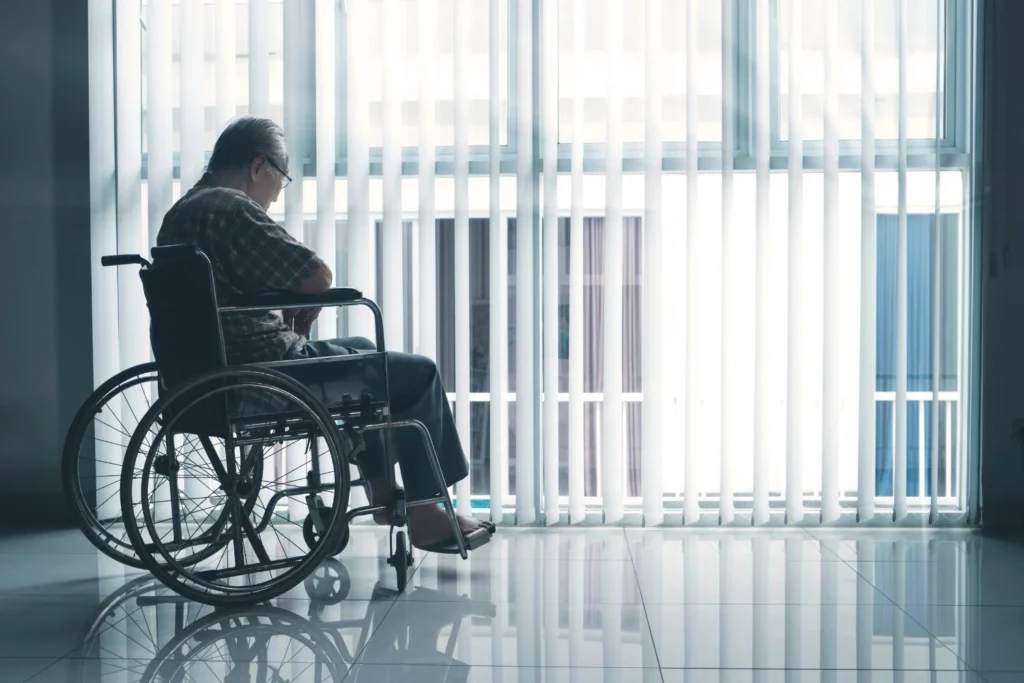
Available in Audio Format:
Dec 18, 2024
MAiD's Disturbing Growth: What the Fifth Report Reveals
Health Canada’s fifth annual report on Medical Assistance in Dying (MAiD), released at the end of 2024, showed that more than 60,000 Canadians have been euthanized by their doctors since MAiD was first legalized in 2016. The number of euthanasia deaths has steadily increased year over year since legalization and shows no sign of slowing down. In 2023, the most recent year we have numbers for, 15,343 Canadians died at the hands of doctors and nurses.
Weak safeguards and increasing acceptance of euthanasia are having a devastating impact on Canadian society. The numbers show just how quickly we have accepted killing the sufferer as a means to end suffering. This makes it more necessary than ever to advocate for holistic care that better values human life, and individual human beings.
The Numbers
The number of euthanasia deaths in 2023 (15,343) showed a 15.8% increase over 2022. This represents an increase of more than 2,000 euthanasia deaths. A large part of this increase came from “Track 2” deaths, patients with a disability or chronic illness whose natural death was not reasonably foreseeable.
“Nearly 1 in 20 deaths in Canada is funded by the government and administered by a doctor or nurse.”
Euthanasia deaths now account for 4.7% of all deaths in Canada, meaning nearly 1 in 20 deaths in Canada is funded by the government and administered by a doctor or nurse. The only country with a higher rate of euthanasia deaths is the Netherlands, at 5.4%. Nearly 85% of Canada’s euthanasia deaths are concentrated in British Columbia, Ontario, and Quebec, though these provinces only represent about 70% of the country’s population.
There were nearly 20,000 verbal and written requests for euthanasia in 2023. Of those, only 915 patients were deemed ineligible and 496 withdrew their request. A person might also request euthanasia but then die naturally before they can be killed by their doctor, which happened in nearly 3,000 cases.
What leads to requesting MAiD?
Health Canada tracks the reasons people give for requesting MAiD. Many give more than one reason. Reasons include cancer, organ failure, or neurological, respiratory, or cardiovascular conditions. But there is also a category for ‘other.’ The most common conditions listed in the ‘other’ category include frailty and chronic pain. Frailty was reported as a reason for requesting MAiD for nearly 1,400 euthanasia deaths in 2023, significantly higher than in 2022. Nearly 1,000 patients listed chronic pain as a reason for requesting euthanasia.
Frailty, according to the report, “may include loss of muscle mass and strength, cognitive impairment, fatigue or exhaustion, weakness, and reduced tolerance to medical interventions, leading to poor health outcomes.” As you can see, this gives doctors room to be quite loose in their interpretations. Frailty may also be interpreted as a condition where death is ‘reasonably foreseeable.’
The report also notes challenges in assessing chronic pain. Patients may experience fluctuations in the severity of their pain, they often have difficulty accessing treatment, and they often have a psychiatric condition such as major depressive disorder. People may be seeking euthanasia due to mental illness even if it is another condition that makes them eligible for euthanasia.
Health Canada also notes the nature of suffering that is listed by patients who are euthanized. Many patients list multiple sources of suffering. The most cited suffering is the loss of ability to engage in meaningful activities (over 95%), followed by the loss of ability to perform activities of daily living (over 83%). Loss of dignity was the third most cited reason for suffering. Fewer than 60% of patients cite inadequate pain control as a source of suffering.
In 2022, 17% of patients listed isolation or loneliness as a source of their suffering. In 2023, that was up to 21% for those whose death was reasonably foreseeable (Track 1 patients). For those requesting euthanasia who were not nearing death, loneliness and isolation skyrocketed to 47.1% as a listed source of suffering.
“For those requesting euthanasia who were not nearing death, loneliness and isolation skyrocketed to 47.1% as a listed source of suffering.”
Another disturbing increase was in those who felt like they were a burden on family, friends, or caregivers. In 2023, 45.1% of those who were dying reported feeling this way, up from 35.3% in 2022. For those who were not dying, it was even higher, at 49.2%. Nearly half of all who died by euthanasia saw themselves as a burden.
These numbers indicate a sad reality about why people are requesting death through MAiD. Pain, disease, or disability may be a factor. But so are loneliness, dependence, and a faulty view of human dignity. As euthanasia becomes more normalized, and is even brought up and offered by doctors, it becomes harder for people to recognize their value and worth regardless of their ability, income level, social status, or anything else. It becomes hard for them to believe they are worthy of care.
Euthanasia Providers
The report notes that, while 2,200 doctors and nurses euthanized at least one patient in 2023. just 89 practitioners were responsible for over 5,300 euthanasia deaths. That’s an average of 60 deaths each in one year. Health Canada suggests that this is because “MAID is becoming an area of focused expertise for some.” But is it a comfort to know there are doctors who specialize in killing patients? Some doctors are known to interpret the law loosely and will approve patients who other doctors might refuse to euthanize. Recently, a woman who was declined euthanasia in Alberta found a doctor in B.C. who was willing to kill her. That same doctor has willingly acknowledged killing over 400 patients.
“Just 89 practitioners were responsible for over 5,300 euthanasia deaths.”
The lack of oversight around MAiD in nearly every province increases concerns about doctors who specialize in euthanasia. Health Canada emphasizes that euthanasia is a health care service. This mindset leads to a lack of caution, and a lack of adequate safeguards and oversight. But euthanasia isn’t health care. It is an exception to the criminal prohibition on homicide and is easily abused by doctors and nurses when safeguards and oversight are weak.
Conclusion
Health Canada’s report once again reveals the continued growth of euthanasia in Canada. It also highlights troubling trends in why people are choosing euthanasia. Together, we must continue to speak up for inherent human dignity and meaningful care for those who are suffering.


